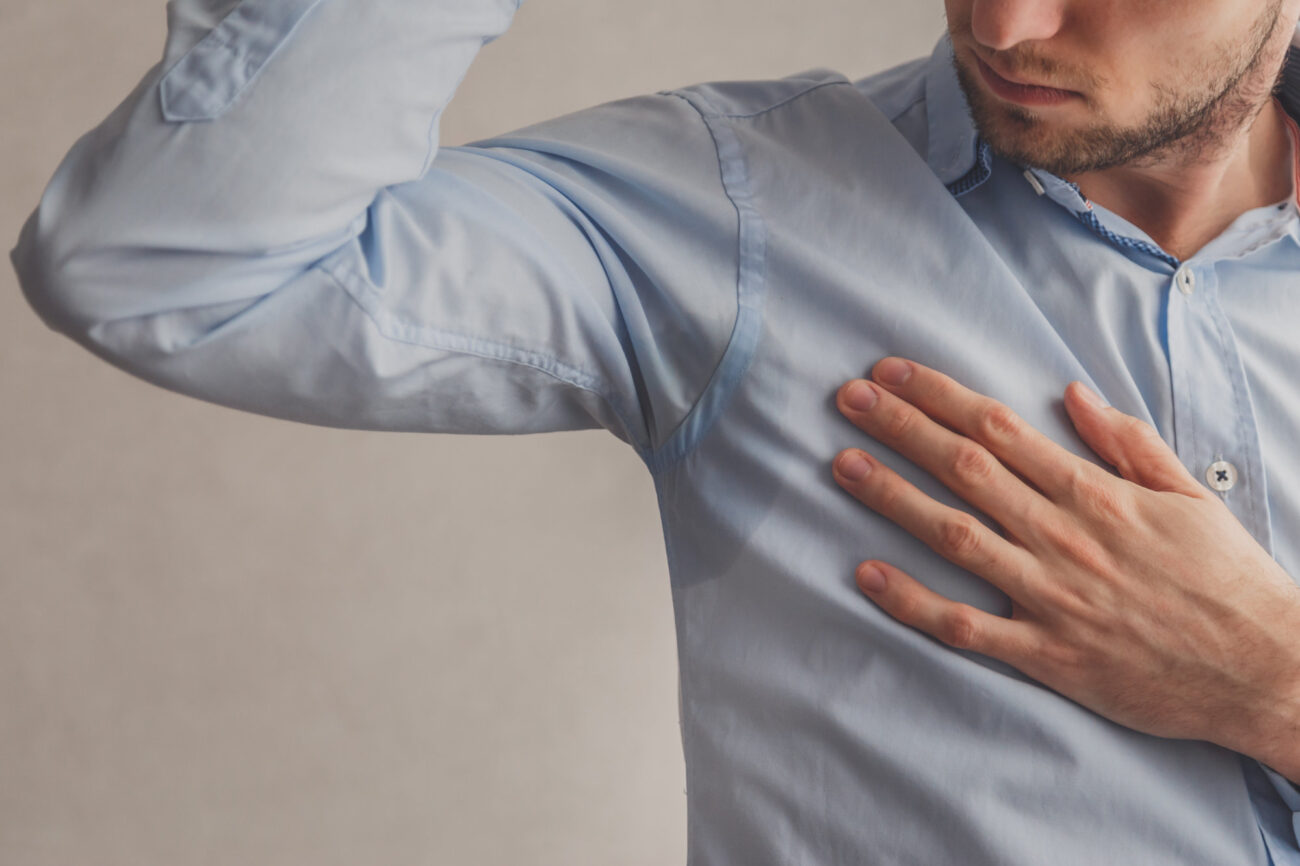Hyperhidrosis is a medical condition characterized by excessive sweating beyond what is necessary for heat regulation. It can affect various parts of the body, such as the axillae (armpits), hands, feet, and face.
Primary hyperhidrosis often starts during adolescence and is not related to an underlying medical condition. Secondary hyperhidrosis is excess sweating caused by an underlying health issue or medication side effects.
Hyperhidrosis can have a significant impact on a person’s quality of life, causing discomfort, embarrassment, and social anxiety. Workplace and personal relationships can be particularly affected.
Treatment options include antiperspirants, medications (oral and injectable), iontophoresis, and in severe cases, surgery.



